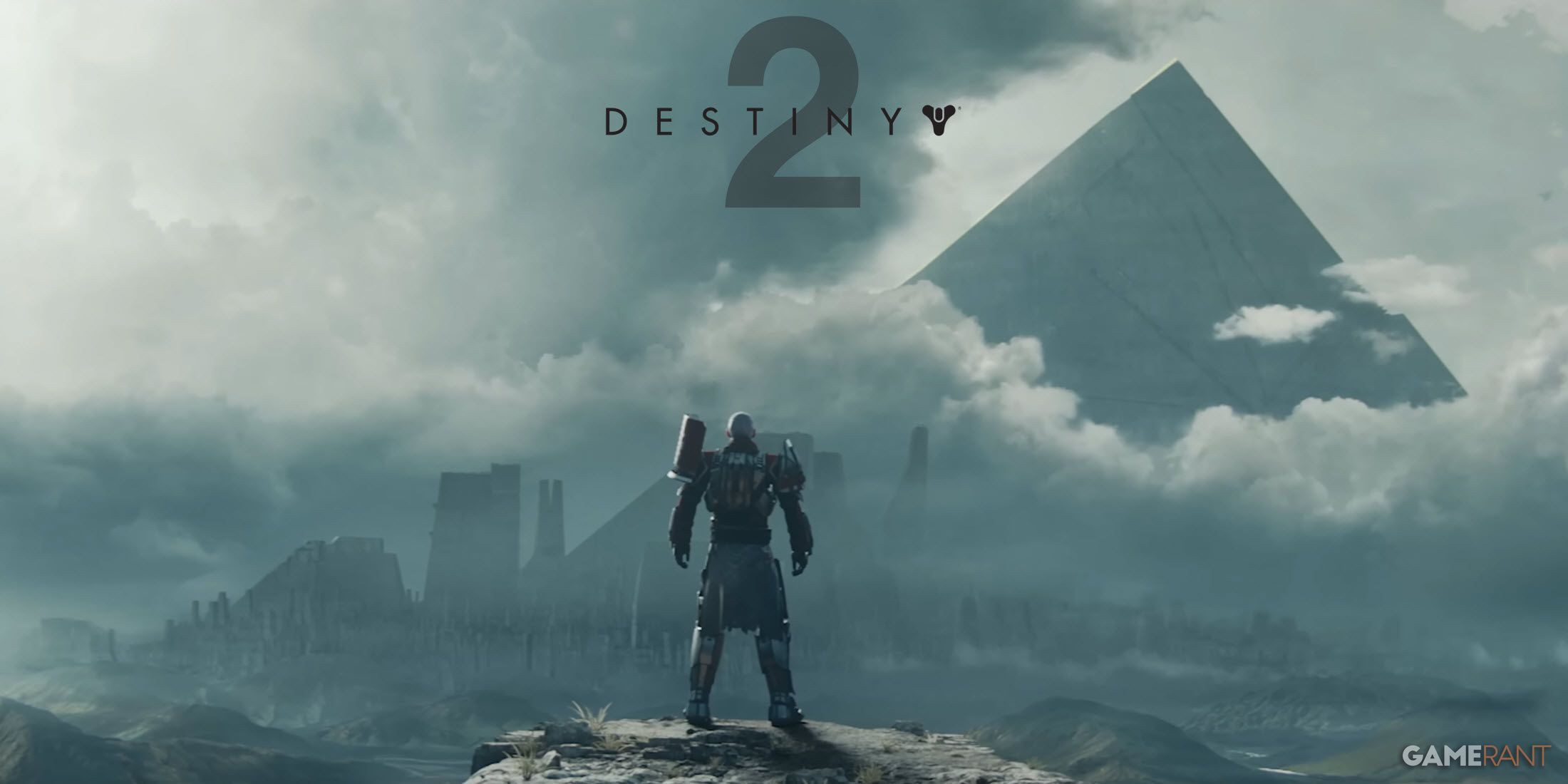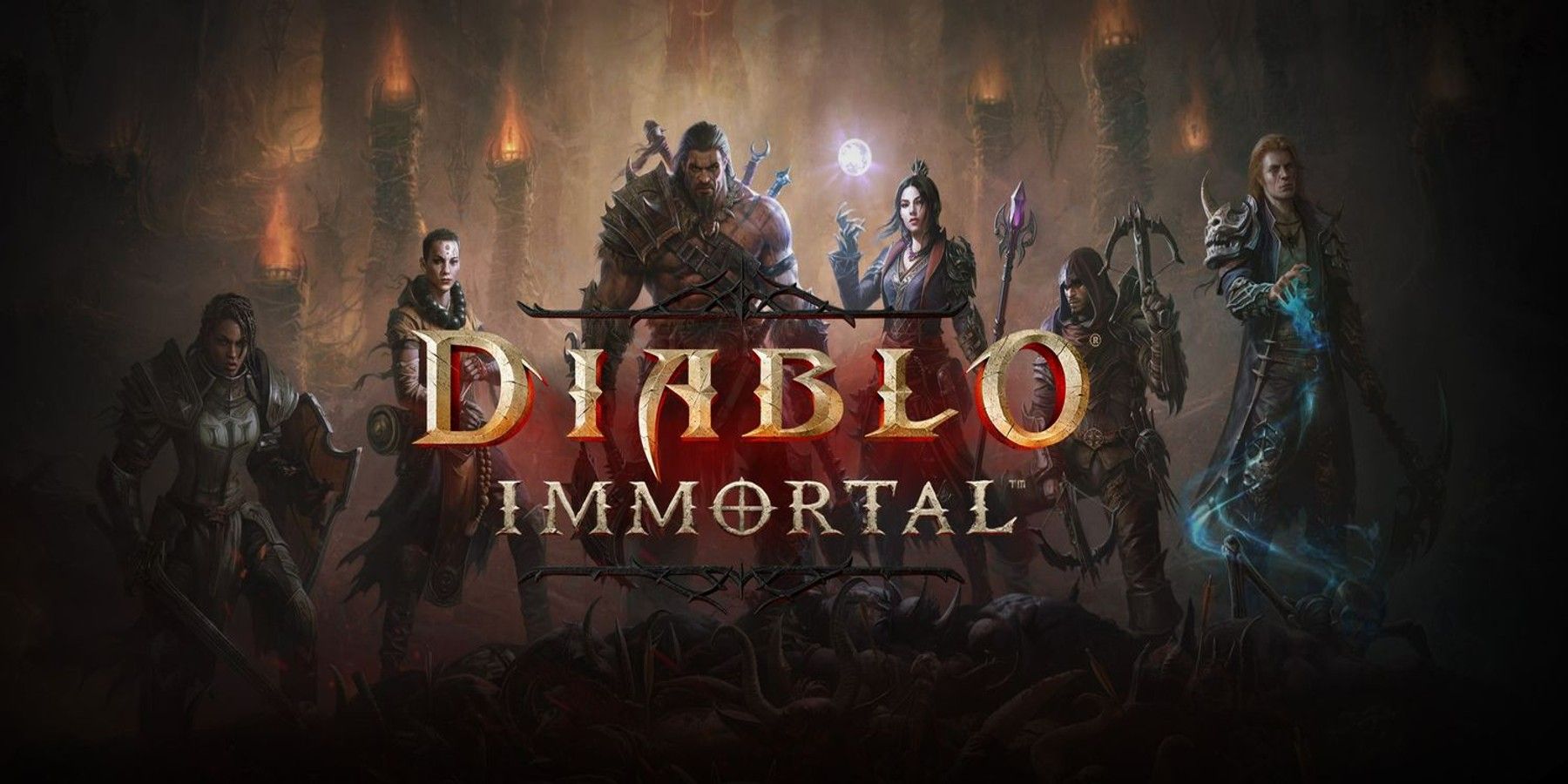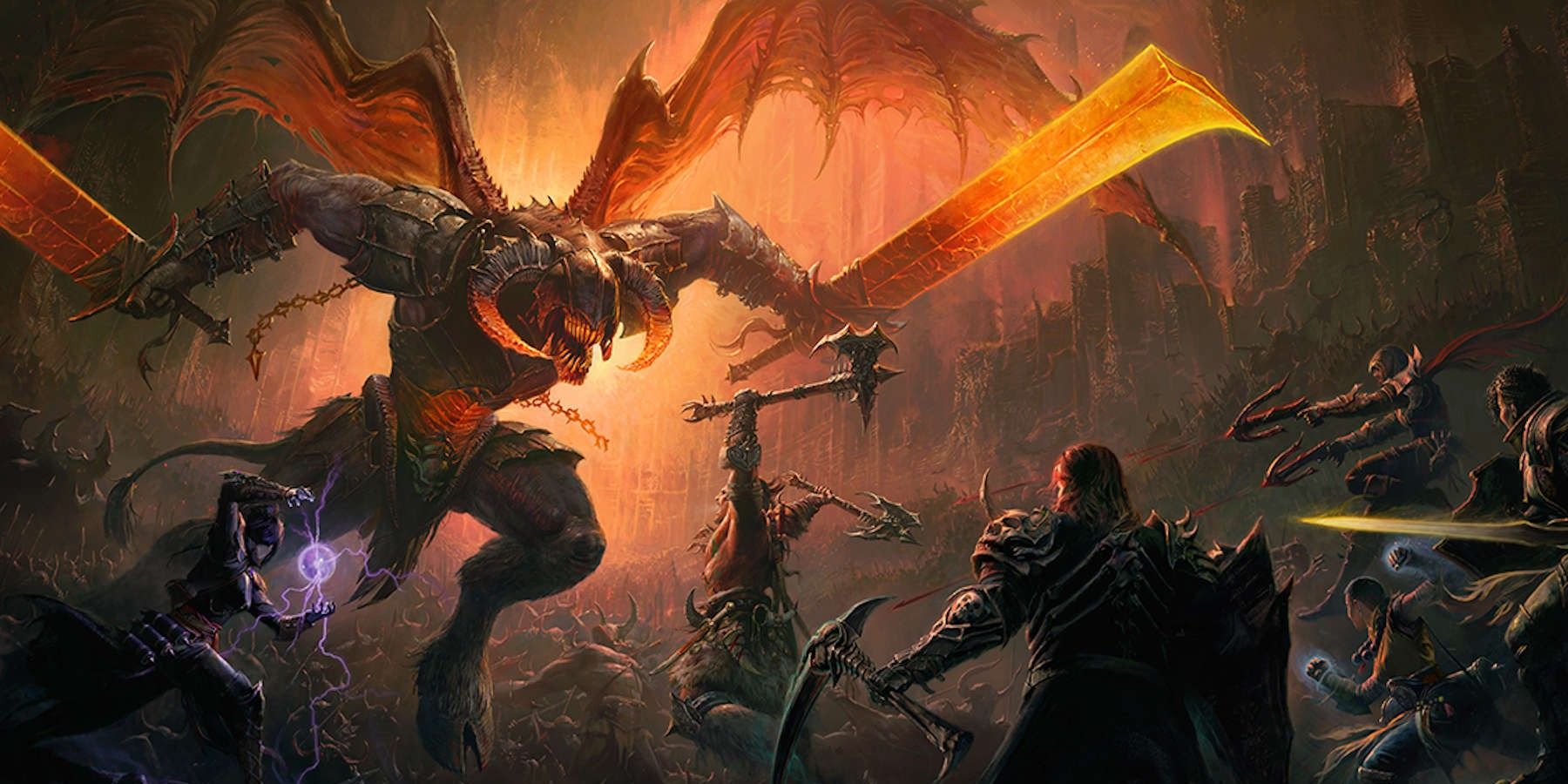The recently released Diablo Immortal has seemingly been embroiled in controversy ever since it was first announced at 2018's BlizzCon. Although this controversy was initially centered around the game being made for mobile platforms, it changed upon the game's release in June.
Diablo Immortal has since generated negative attention due to the perceived reliance of microtransactions that the game pushes on players. While microtransactions are to be expected in a free-to-play mobile game, many cite that Diablo Immortal's system heavily fosters a pay-to-win framework that favors whales who are happy to spend heavily on the game.
The Scale of Diablo Immortal's Microtransactions
The primary source of controversy surrounding Diablo Immortal's microtransactions stems from how in-game payments are essentially required to reach the highest power levels within the title. With the free-to-play gameplay being cited by many as a time-consuming and monotonous grind, players are pushed towards buying in-game items such as buffs and modifiers. The game additionally offers loot boxes that contain items that cannot be easily found via organic gameplay.
These loot boxes typify what is wrong with Diablo Immortal for many fans, as they are the only way to obtain legendary-tier gems without putting in a truly hefty amount of in-game hours. With some players calculating that it can cost up to $110,000 to fully level up gear in Diablo Immortal, it is clear why the game has developed a negative reputation for the sheer extent of its microtransaction business model. That being said, the remaining playerbase and profits that Diablo Immortal boasts suggest that the game remains appealing for a specific demographic of players.
Why Diablo Immortal Is Catered For Whales
Despite the vocal criticism of the game's microtransactions, Diablo Immortal recently surpassed $100 million in sales on mobile devices alone. This sizable stream of revenue in such a short period of time gives credence to the fact that a dedicated playerbase remains for the title, with a subsection of this playerbase spending huge amounts of money.
Used in a variety of financial contexts, "whales" refer to extremely affluent individuals who have the propensity to spend huge amounts of money. Because of this, whales can push huge amounts of revenue into a game built around with microtransactions, even if they only make up a small portion of a title's demographic. With some Diablo Immortal players actually spending over $100,000 via in-game purchases, it is clear that whales very much exist within the mobile-based dungeon crawler.
As much as it may irk the average player, the existence of this subset of Immortal's playerbase may mean that Blizzard doesn't feel that a change to the game's microtransactions is necessary. As long as it keeps turning a profit from Diablo Immortal, the company has good cause to keep the business model that it has in place, despite the vocal controversy surrounding it. As long as there are players who still actively participate quite substantially to the current level of in-game purchases, it could be argued that no alterations are necessary, since the whales remain entertained.
If this system is to remain the same, many players are likely to turn to similar mobile games that have less severe microtransaction systems than Diablo Immortal. This would leave a sole remaining playerbase of people who are putting lots of money into the game, which the average player simply cannot compete with. Although a change to Diablo Immortal's in-game purchases may still come in the future, it is clear that in its current state the title is catered towards an overt pay-to-win system that only whales can adhere to and enjoy.
Diablo Immortal is available now for Android, iOS, and PC.






